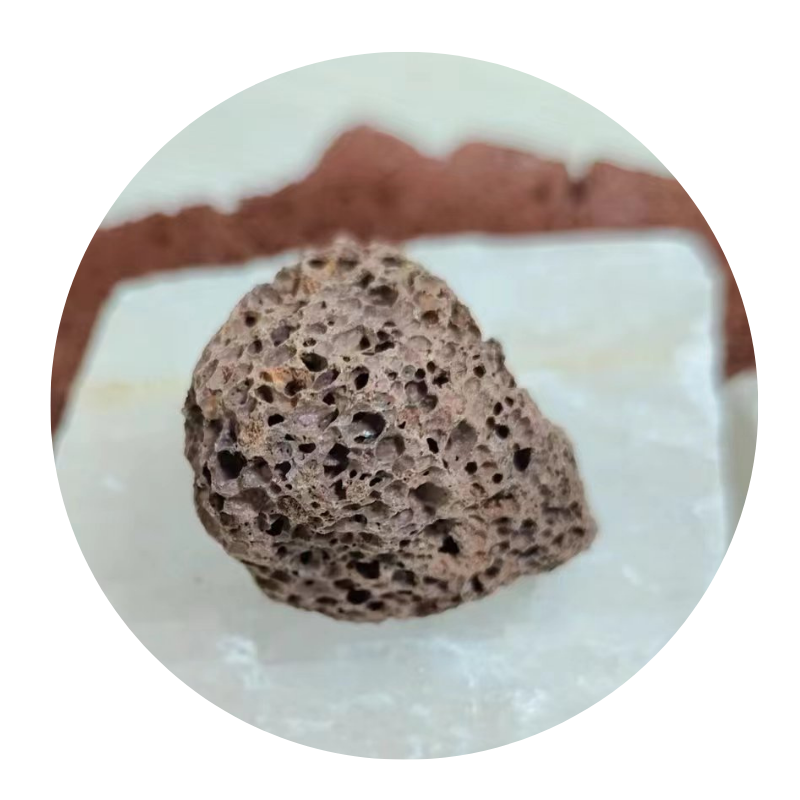
hydralime
The Significance of Hydralime in Modern Industry
Hydralime, a term commonly used to refer to hydrated lime or calcium hydroxide (Ca(OH)₂), plays a vital role in various industrial applications due to its versatile chemical properties. This colorless, odorless white powder is derived from the calcination of limestone (calcium carbonate) followed by hydration. Its unique characteristics make it indispensable in several sectors, including construction, agriculture, and environmental management.
In the construction industry, hydralime serves as a critical component in the production of lime-based mortars and plasters. It provides essential binding properties that enhance the durability and longevity of building structures. When mixed with water, hydralime forms a paste that hardens upon exposure to air. This allows it to contribute to the strength and stability of masonry work, making it a preferred choice for historical restoration projects where maintaining authenticity is crucial. The alkaline nature of hydralime also helps in protecting buildings from dampness and decay, ensuring that the structures remain robust over time.
In agriculture, hydralime is extensively utilized to amend soil acidity. Many agricultural lands suffer from high acidity levels, which can hinder crop growth and reduce agricultural productivity. By applying hydralime, farmers can neutralize soil pH, creating a more favorable environment for plant growth. This amendment not only promotes healthier crops but also increases yields, making agriculture more sustainable. Additionally, hydralime acts as a source of calcium, which is essential for many plant physiological processes, including cell wall formation and overall plant development.
hydralime

Environmental management is another area where hydralime shines
. It is prominently used in wastewater treatment facilities to neutralize acidic waters, making them less harmful before they are discharged into natural water bodies. Hydralime reacts with heavy metals and other contaminants, precipitating them out of solution and thereby facilitating their removal from wastewater. This application is crucial for maintaining the ecological balance in rivers and oceans, protecting aquatic life from toxic substances.Moreover, hydralime is used in flue gas treatment to reduce sulfur dioxide (SO₂) emissions from power plants. By reacting with sulfur oxides in the flue gases, hydralime acts as a scrubber, converting harmful gases into benign compounds. This not only helps in meeting environmental regulations but also supports efforts toward cleaner air and a healthier environment.
Despite its numerous advantages, the handling of hydralime requires caution. While it is generally safe when used appropriately, inhalation of the powder can cause respiratory issues, and contact with skin or eyes can result in irritation. Therefore, proper safety measures and protective gear are essential during its application.
In conclusion, hydralime stands as a remarkable material with significant implications in various industries. Its applications in construction, agriculture, and environmental management highlight its versatility and importance in promoting sustainable practices. As industries continue to evolve, the demand for efficient and eco-friendly materials like hydralime will undoubtedly increase, making it a key player in the pursuit of a more sustainable future.
Share
-
Premium Pigment Supplier Custom Solutions & Bulk OrdersNewsMay.30,2025
-
Top China Slag Fly Ash Manufacturer OEM Factory SolutionsNewsMay.30,2025
-
Natural Lava Rock & Pumice for Landscaping Durable Volcanic SolutionsNewsMay.30,2025
-
Custom Micro Silica Fume Powder Manufacturers High-Purity SolutionsNewsMay.29,2025
-
Custom Mica Powder Pigment Manufacturers Vibrant Colors & Bulk OrdersNewsMay.29,2025
-
Custom Micro Silica Fume Powder Manufacturers Premium QualityNewsMay.29,2025






